Chiesa di Santa Maria di Carpignano
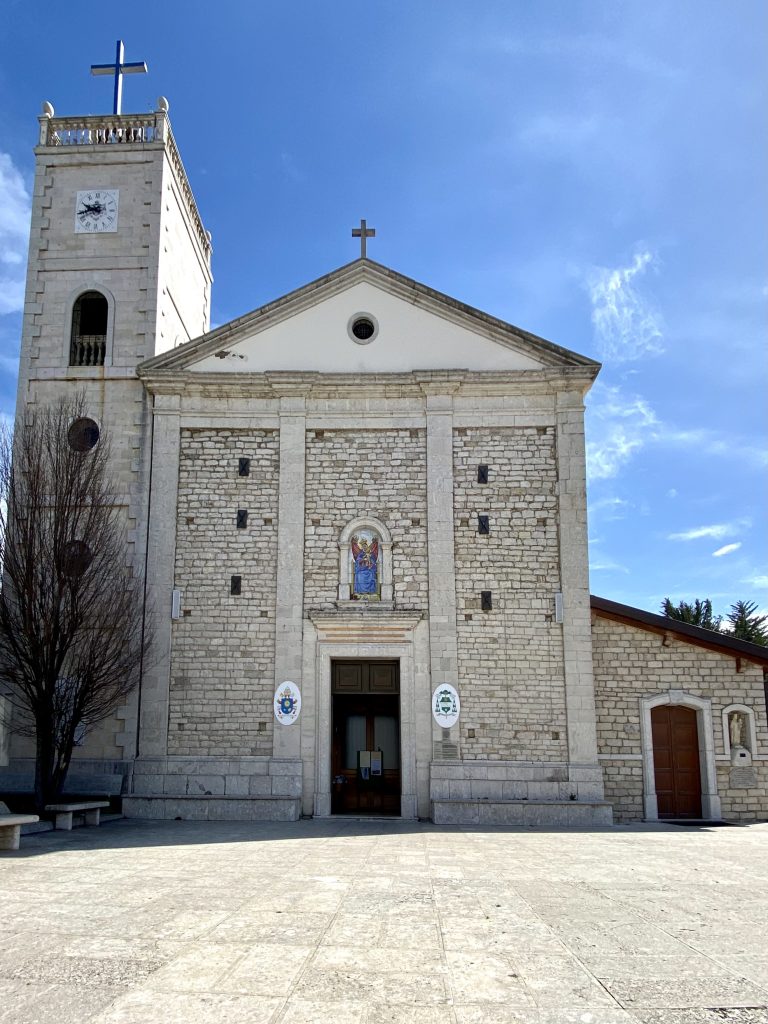
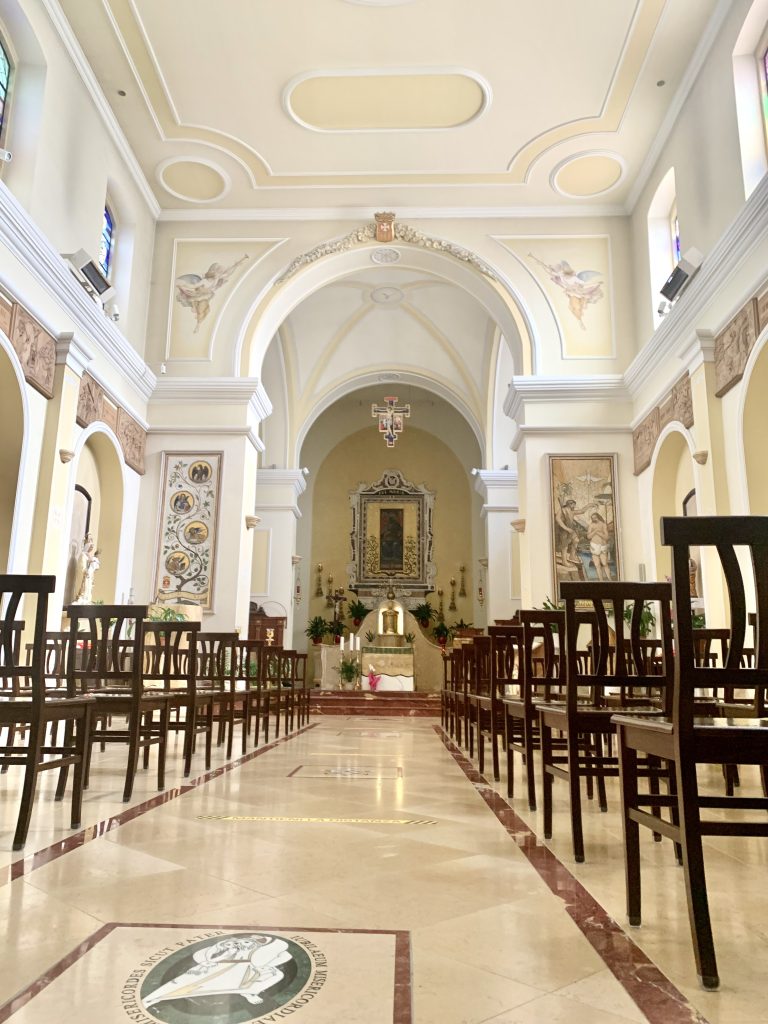
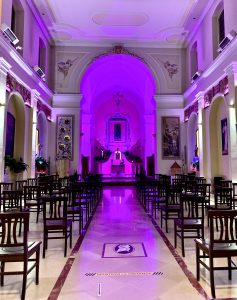
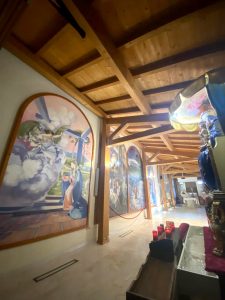
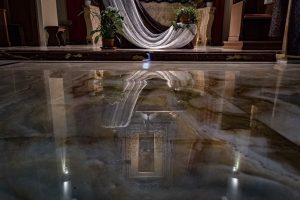
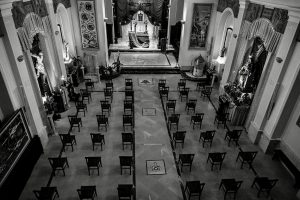
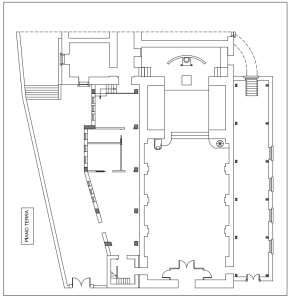

Parrocchia Santuario Maria SS. di Carpignano
Edificio sacroChiesa di Santa Maria di Carpignano
Sec. XIX

Parih Sanctuary of Maria SS. di Carpignano
Sacred building
Church of Santa Maria di Carpignano
XIX th century
La Chiesa di Santa Maria di Carpignano venne realizzata in occasione dell’arrivo del dipinto, su tavola, della Vergine, attualmente conservata all’interno della Chiesa. Secondo la tradizione la tavola raffigurante la Vergine con Bambino venne ritrovata da alcuni pastori nel tronco o tra i rami di un carpine nel 1150. Con i lavori di restauro effettuati nel 2004 è stato possibile stabilire che il dipinto risale proprio al XII° secolo.
Secondo lo storico padre Adolfo Rezza (in “Cenni storici del Santuario di Maria SS. di Carpignano, Roma 1910) la chiesa appartenne, prima, all’Ordine Teutonico, poi, divenne cappella rurale della chiesa di Santa Maria di Grottaminarda, successivamente, fu alle dipendenze della cattedrale di Frigento, infine, il 24.03.1478 fu incorporata ed annessa alle dipendenze della predetta chiesa per espressa richiesta del nobile d’Aquino feudatario di codesto comune e per espressa dichiarazione fattane dal Vescovo di Avellino Giovan Battista Ventura.
La proprietà dell’edificio è rimasta della Parrocchia di Santa Maria Maggiore fino al 1910-1911 quando sia l’edificio che i territori circostanti furono assegnati all’Ordine Mercedario e alla costituenda parrocchia di S. Maria di Carpignano.
L’impianto attuale venne costruito all’inizio del XIX° secolo e ristrutturato integralmente durante la seconda metà dello stesso secolo.
Successivamente, a seguito dei vari terremoti verificati nel corso del Novecento e di vari eventi liturgici come il congresso mariano del 1954, l’edificio venne ristrutturato e rinnovato più volte.
L’ultimo intervento risale al 2012.
L’edifico si presenta ad una sola navata con otto nicchie laterali. L’area del presbiterio è particolarmente allungata per dare spazio ai sedili dei religiosi mercedari e degli operatori pastorali.
Sul fianco destro dell’edificio è affiancata una cappella laterale che fu realizzata sui resti dell’antico eremitaggio e del primo convento mercedario.
R. M.
The Church of Santa Maria di Carpignano was built on the occasion of the arrival of the painting, on wood, of the Virgin, currently preserved inside the Church. According to legend, the panel depicting the Virgin with Child was found by some shepherds in the trunk or among the branches of a hornbeam in 1150. With the restoration work carried out in 2004 it was possible to establish that the painting dates back to the 12th century.
According to the historian father Adolfo Rezza (in “Historical Notes of the Sanctuary of Maria SS. Di Carpignano, Rome 1910) the church first belonged to the Teutonic Order, then it became the rural chapel of the church of Santa Maria di Grottaminarda, after that it was under the control of the cathedral of Frigento, finally on 24th March1478 it was incorporated and annexed under the aforementioned church by express request of the noble Aquino, feudal lord of this municipality and by express declaration made by the Bishop of Avellino Giovan Battista Ventura.
The ownership of the building remained to the Parish of Santa Maria Maggiore until 1910-1911 when both the building and the surrounding territories were assigned to the Mercedary Order and to the newly established parish of Santa Maria di Carpignano.
The current plant was built at the beginning of the nineteenth century and completely renovated during the second half of the same century.
Subsequently, following the various earthquakes that occurred during the twentieth century and various liturgical events such as the Marian congress of 1954, the building was renovated and refurbished several times.
The last intervention dates back to 2012.
The building has a single nave with eight side niches. The presbytery area is particularly elongated to make room for the seats of Mercedary religious and pastoral workers.
On the right side of the building there is a side chapel which was built on the remains of the ancient hermitage and the first Mercedary convent.
R. M.
